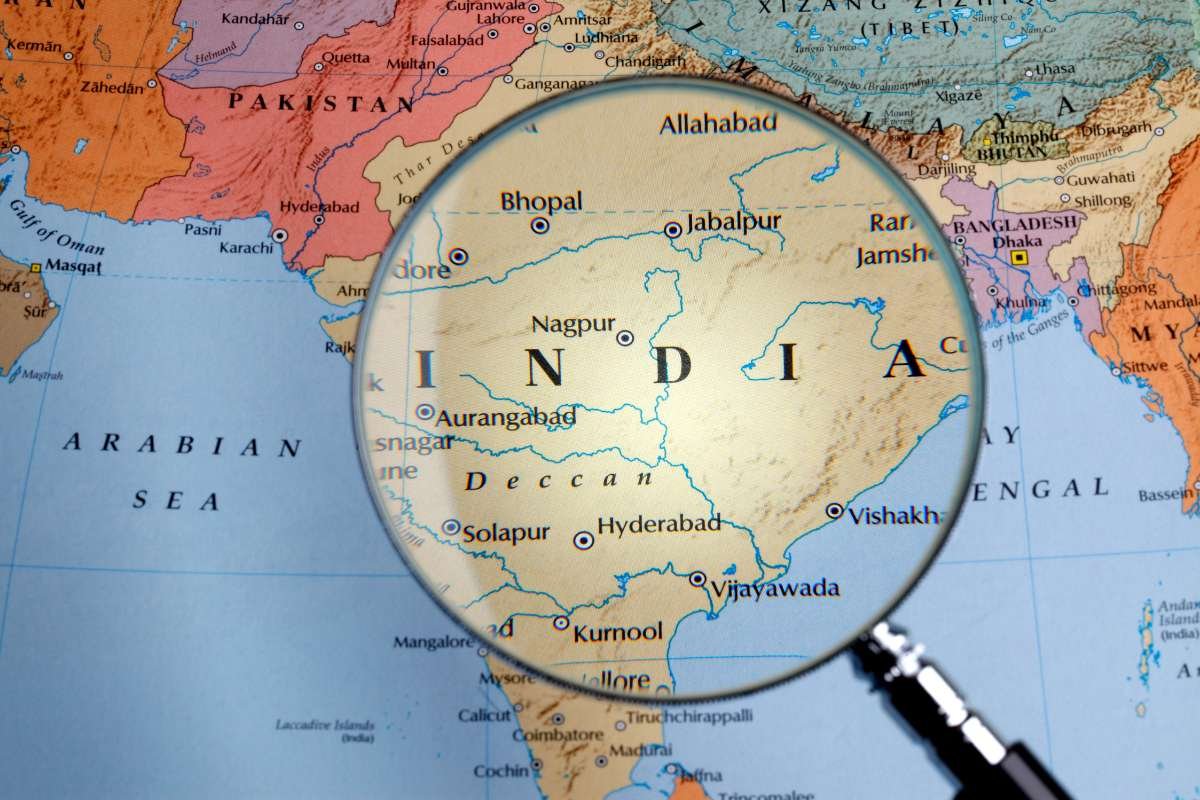India has a history of 5000 years. It has seen every era of human history. And when a country is as old as this, with its diverse geographic locations and rich biodiversity, it is filled with interesting facts and stories. There are so many interesting facts about India, and they are very intriguing, that you will be enthralled when you hear them.
Did you know the Indus Valley civilisation had a trade route with ancient Mesopotamia? Did you know that a very important Jewish religious site exists in Alibaug? There are many such hidden, interesting facts about India that you must know about. We are talking about the Chola Empire, the Bengal tiger population, the Western Ghats, and many more!
So, are you ready to hear about more interesting facts about India?
Top 50 Interesting Facts about India’s History that still Amaze Historians Today
Indian history is complex, to say the least. The events were so eventful and the characters were so interesting that it’s a shame we don’t talk much about it today. But here are some interesting facts about Indian history that will give you a glimpse at the interesting thing:

1) The Indus Valley Civilisation (c. 2600–1900 BCE) had one of the earliest known urban sanitation systems, with homes connected to covered drainage systems beneath streets.
2) The Great Bath at Mohenjo-Daro is considered one of the world’s earliest public water tanks, indicating ritual bathing practices.
3) The use of standardised fired bricks in Indus cities suggests sophisticated municipal planning and a uniform construction method.
4) The Rigveda, composed around 1500 BCE, was orally transmitted for centuries before being written down, reflecting strong oral cultural traditions.

5) The Sulvasutras (c. 800–500 BCE) contain some of the earliest geometric knowledge in the world, including approximations of the square root of 2.
6) The Magadha kingdom (c. 600 BCE) had early forms of republics and local assemblies in villages, which had executive, judicial, and military functions.
7) Mauryan Empire (322–185 BCE) had an efficient and bureaucratic administration, as seen in the Arthashastra text attributed to Chanakya.
8) Ashoka’s edicts, inscribed on rocks and pillars, were one of the earliest examples of state propaganda promoting ethical governance.
9) Nalanda University (established in the 5th century CE) attracted students from as far as Tibet, China, Korea, and Central Asia and was a pioneering centre of learning.
10) The Satavahana dynasty (c. 1st century BCE – 2nd century CE) facilitated trade between the Indian subcontinent and the Roman Empire, evidenced by coins and amphora found in India.
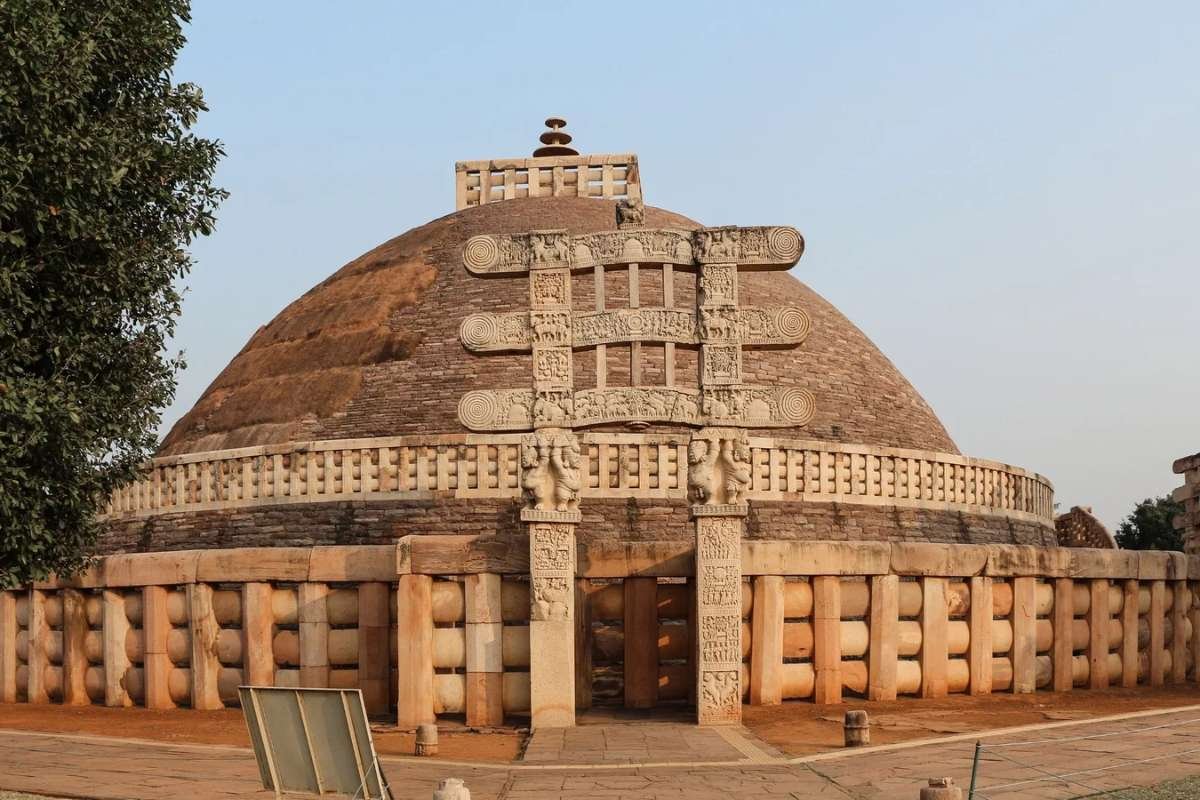
11) Early Indian literature, like Sangam literature (300 BCE–300 CE), provides rare insights into the social, economic, and political life of ancient Tamil Nadu.
12) The city of Pataliputra (capital of Magadha and Mauryan Empire) was one of the largest cities of its time, protected by wooden walls and surrounded by a moat.
13) The use of iron and advanced metallurgical techniques was widespread in India by 1200 BCE, with iron tools and weapons mentioned in early Vedic texts.
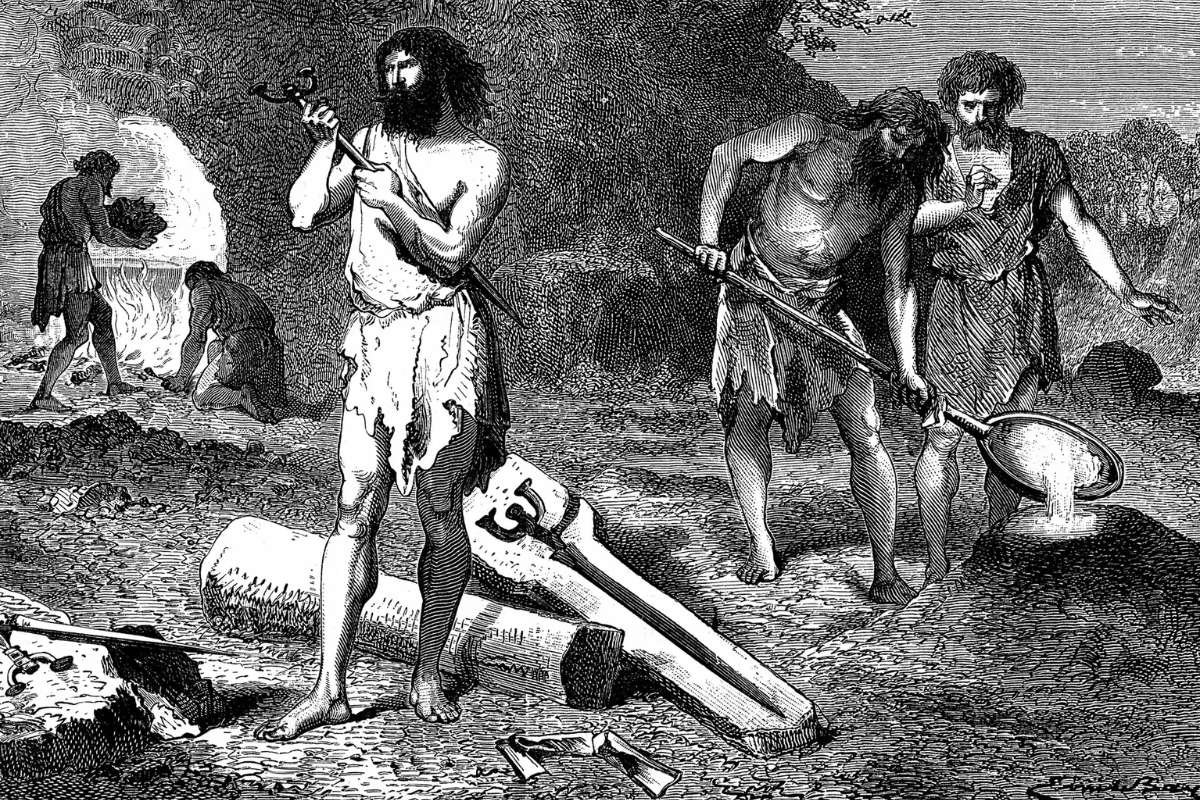
14) Ancient Indian surgeons performed complex surgeries like rhinoplasty (reconstruction of the nose) as described in the Sushruta Samhita (c. 6th century BCE).
15) The Gupta Empire (320–550 CE) saw significant artistic achievements, including the Ajanta caves, known for their wall paintings and sculptures.
16) The Chalukya and Rashtrakuta dynasties (6th–10th centuries CE) were known for their rock-cut temples and temple architecture innovation in Deccan India.
Know More:
- Best Hidden Beaches in India: Discovering Secluded Coastal Paradises
- Famous Historical Places That Shaped the World
17) The Pallava dynasty (4th–9th centuries CE) built the shore temples at Mahabalipuram, hallmark examples of early Indian stone temple architecture.
18) The Rajput dynasties (circa 7th century onwards) consolidated regional power in Rajasthan and emphasized valor and patronage of arts and architecture.
19) The Chola Empire (9th–13th centuries) was a major naval power, conducting expeditions to Southeast Asia and the Maldives for trade and influence.
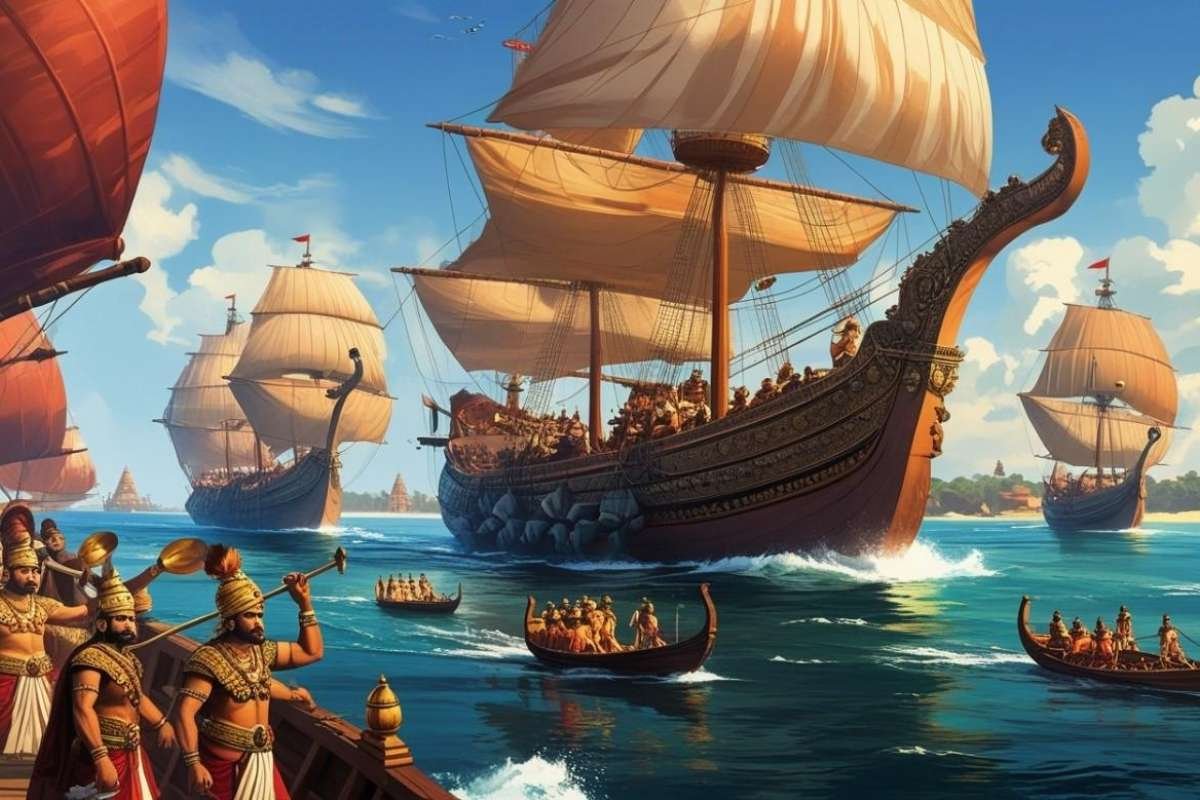
20) Chola bronze sculptures are considered masterpieces of Indian art, characterized by intricate detail and realism.
21) The Vijayanagara Empire (14th–16th centuries) was famous for its patronage of art, architecture, and literature in multiple South Indian languages.
22) Vijayanagara capital Hampi contains ruins of distinctive stone chariots, royal pavilions, and water management systems.
23) The Ahom Kingdom in Assam (founded 1228 CE) resisted Mughal expansion with guerrilla tactics and cultural assimilation of locals.
24) The Manipuri Kingdom fostered the development of the classical Manipuri dance form, a blend of spirituality and performance arts.
25) Coins issued by Indian dynasties like the Satavahanas, Guptas, and Cholas reflect economic sophistication and artistic sensibility.

26) Early medieval Indian kingdoms facilitated extensive trade with Central Asia, Persia, and Southeast Asia, fostering cultural exchanges.
27) Indian astronomers like Aryabhata (5th century CE) proposed heliocentric ideas and accurately calculated the length of the solar year.
28) Indian mathematicians rigorously developed algebra and trigonometry during the Gupta period.
29) The practice of yoga and Ayurveda has documented roots in ancient Indian texts like the Upanishads and Charaka Samhita.
30) The Buddhist stupa at Sanchi (3rd century BCE) is one of the oldest stone structures in India and a UNESCO World Heritage site.
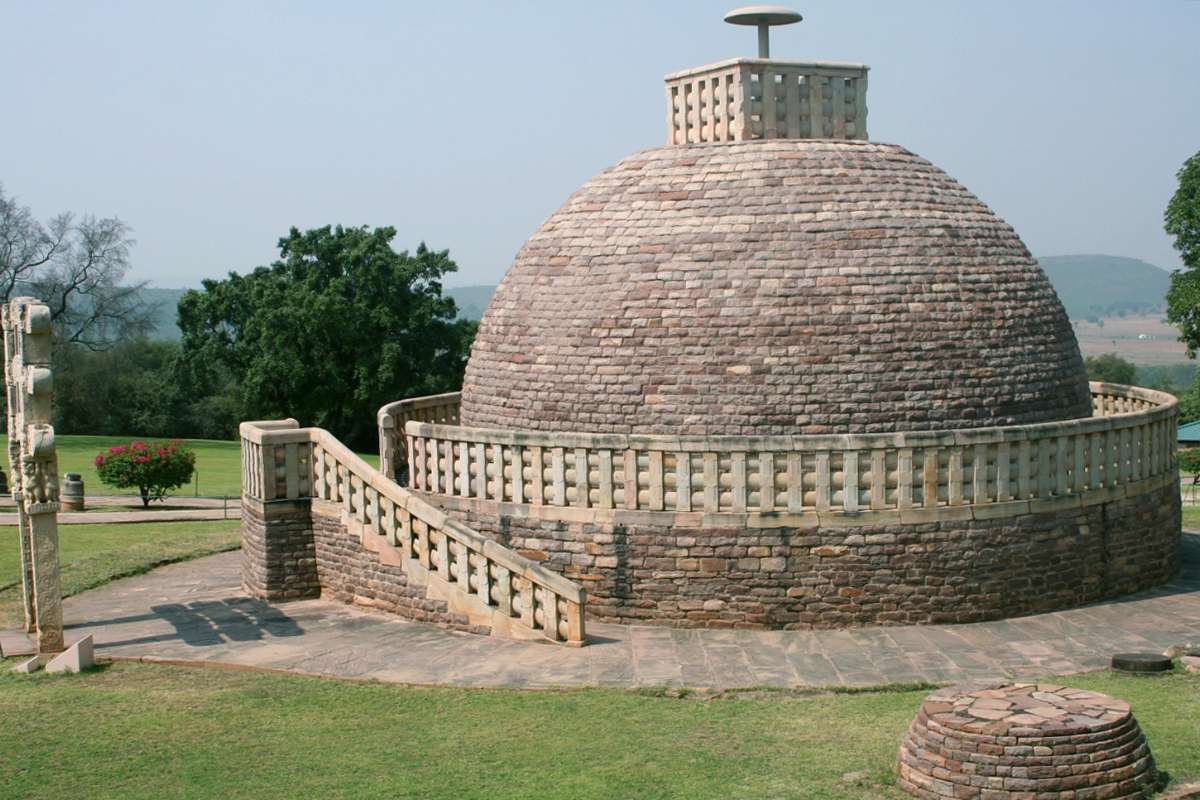
31) The concept of zero (“shunya”) as a number was developed in India and later spread globally through Arab mathematicians.
32) The Kushan Empire (1st–3rd centuries CE) acted as a bridge for Greco-Roman and Indian culture, seen in Gandhara art.
33) Tamil kingship during the Sangam age emphasized ritual coronations, public welfare, and patronage of poets and scholars.
34) The spread of Buddhism and Jainism during the 6th century BCE challenged Brahmanical orthodoxy and led to diverse philosophical schools.
35) The Indian epics Ramayana and Mahabharata were compiled over centuries, providing cultural and historical insights.
36) Ancient Indian texts such as the Arthashastra describe detailed governance, economic policy, and espionage systems.
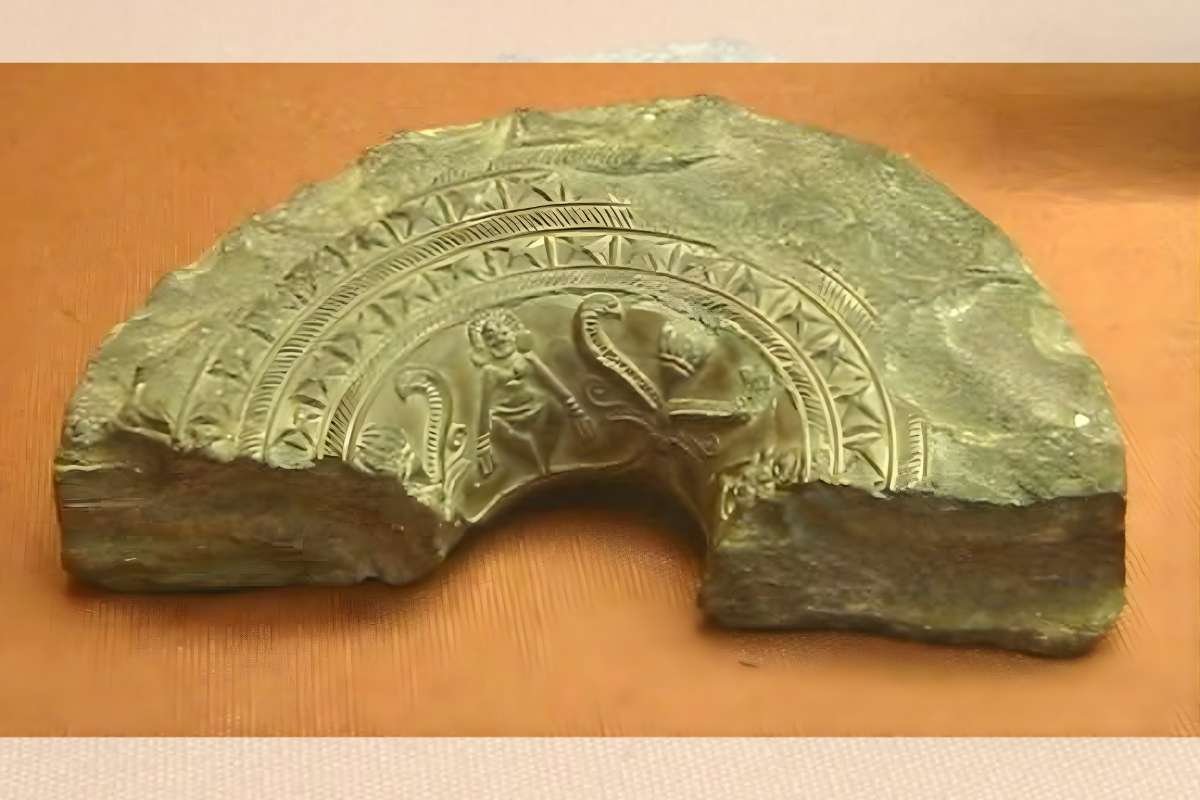
37) The Harappan civilisation had a system of standardized weights and measures used in trade.
38) Buddhist monks from India travelled along the Silk Road, spreading religious and philosophical ideas across Asia.
39) The use of rock-cut architecture flourished in ancient India, seen in Ajanta, Ellora, and Elephanta caves.
40) Several ancient Indian towns had “craftsmen guilds,” evidencing organized trade and artisan communities.
41) The horse was introduced to the Indian subcontinent by the Indo-Aryans around 1500 BCE, transforming warfare and trade.
42) The Gupta Empire witnessed the flourishing of Sanskrit drama and classical music traditions.

43) Water management technologies involving tanks, canals, and step wells were advanced in medieval India.
44) The Pratihara dynasty (8th–11th centuries CE) successfully resisted Arab invasions in north-western India.
45) Trade routes connecting India to China and the Mediterranean facilitated the flow of silk, spices, and precious stones.
46) The temple architecture of medieval India displayed a synthesis of northern (Nagara) and southern (Dravidian) styles.
47) The Bhakti movement, emphasizing personal devotion, emerged in the medieval period, reshaping religious practices.
48) Indian artisans influenced Southeast Asian art and architecture due to maritime and cultural exchanges.
49) The Vijayanagara Empire’s stone inscriptions reveal sophisticated administrative practices and land grants.
50) The Nalanda University was destroyed in the 12th century CE, but it marked a pinnacle of ancient Indian education for centuries.

50 Interesting Facts about India’s Extraordinary Natural Biodiversity
India is one of the world’s megadiverse countries; despite covering only about 2.4% of the Earth’s land area, it harbours around 7-8% of all recorded species of plants and animals.
But that’s not the most interesting thing about the natural biodiversity of India. Here’s 50 that you must know about:
51) India is home to over 91,000 species of animals and approximately 45,500 species of plants.
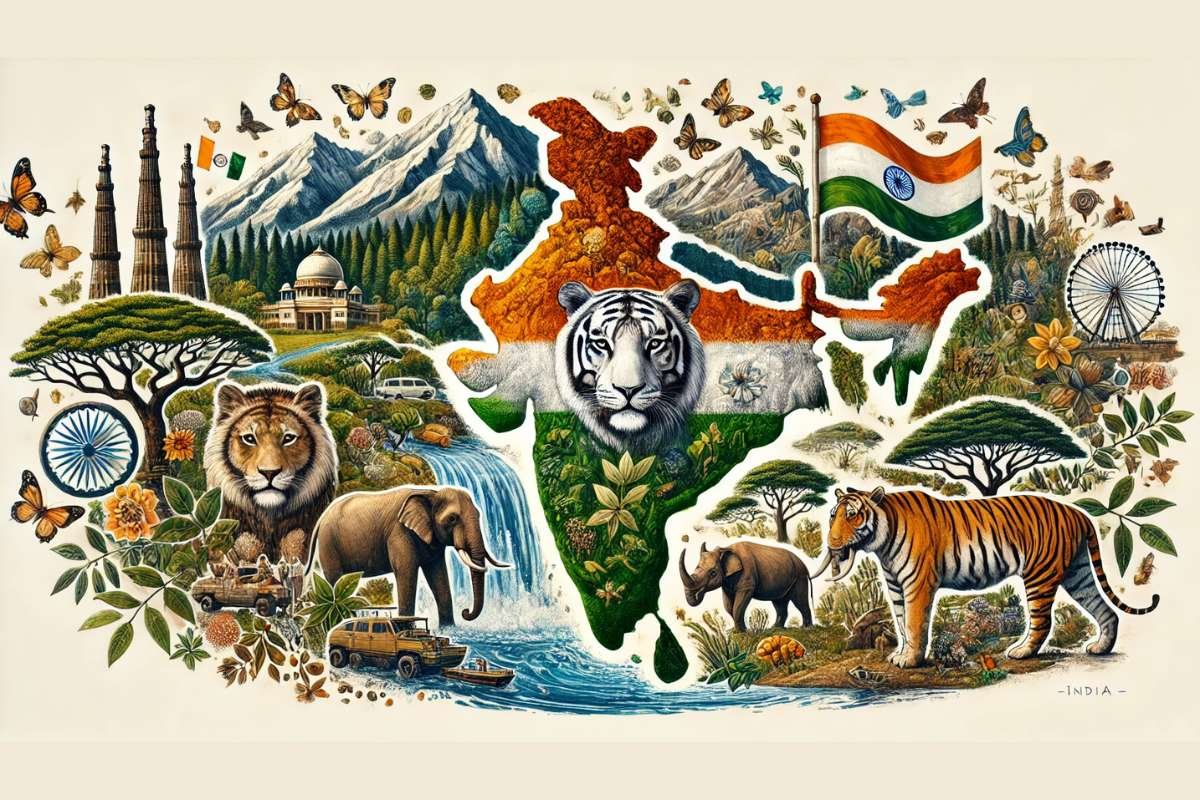
52) It is recognized as one of the eight “Vavilovian centres” of origin and diversity of crop plants, with more than 300 wild ancestors of cultivated plants still evolving naturally.
53) Four of the world’s 34 global biodiversity hotspots are located in India: the Himalayas, Indo-Burma, Western Ghats, and Sri Lanka, and Sundaland (Nicobar Islands).
54) India ranks seventh in the world for mammal species diversity and ninth for bird species diversity.
55) India holds about 69 endemic species of birds, 156 of reptiles, and 110 of amphibians, showing high regional uniqueness.
56) The Western Ghats are particularly rich in endemic species, with reptile and amphibian endemism exceeding 50%.
57) Approximately 25.17% of India’s geographical area is under forest and tree cover.
58) India supports nearly 17% of the human population, yet maintains remarkable biodiversity within its land area.
59) The country’s biogeographic regions number ten, ranging from alpine to tropical ecosystems.
60) The Indian Himalayan region contains 979 recorded bird species and four identified Endemic Bird Areas critical for conservation.
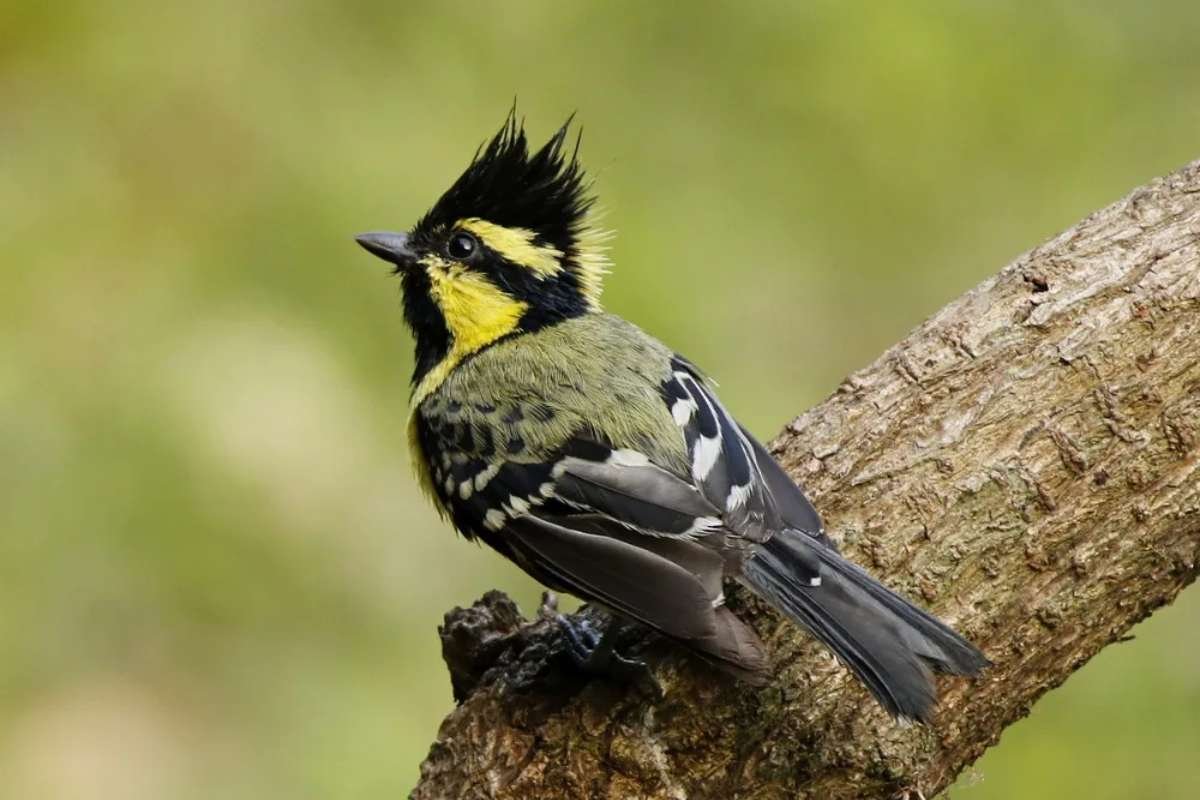
61) India has over 12,000 endemic species of flowering plants, including gymnosperms, angiosperms, and several non-flowering plants.
62) Bryophytes (mosses and liverworts) and pteridophytes (ferns) show significant endemic populations as well.
63) India hosts more than 1,000 species of fish, many of which are endemic to its rivers and lakes.
64) The country has 679 protected areas covering about 4.9% of its land, including national parks, wildlife sanctuaries, community reserves, and conservation reserves.
65) India’s protected areas include 58 Tiger Reserves and 33 Elephant Reserves, important for flagship species conservation.
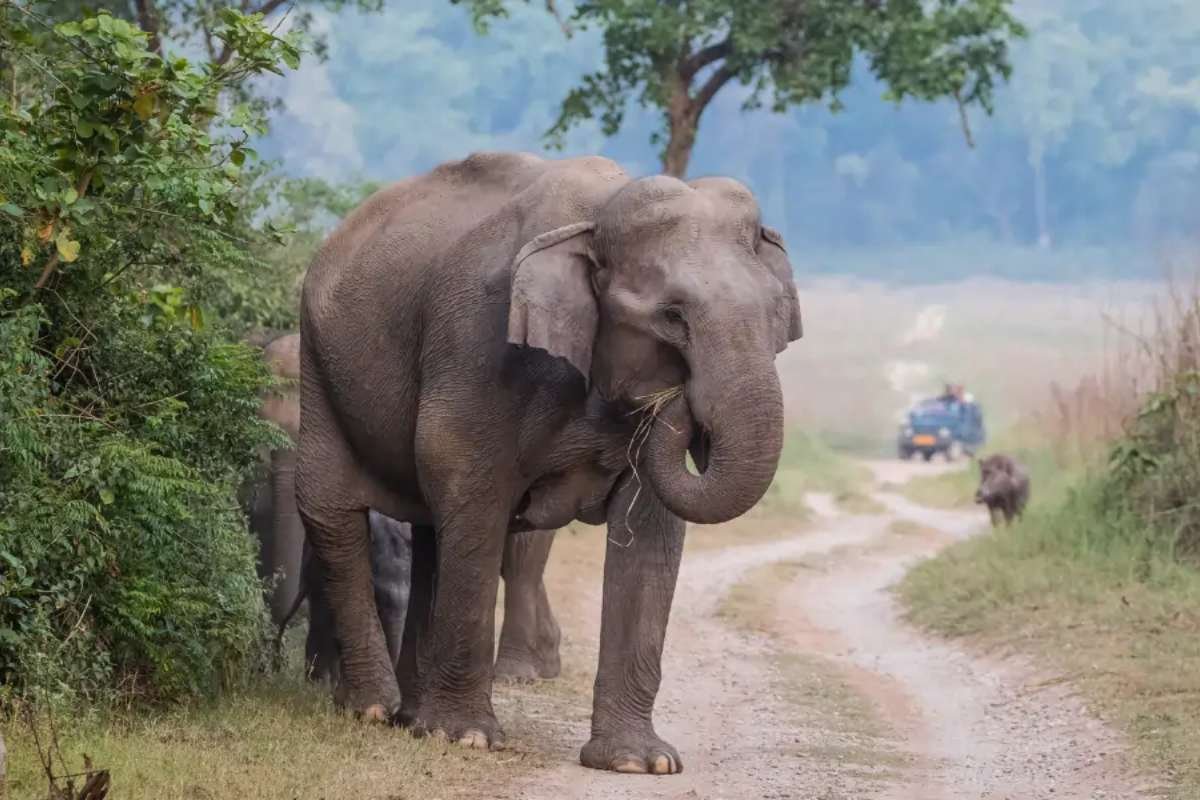
66) The Sunderbans mangrove forest is among the world’s largest tidal halophytic mangrove ecosystems, crucial for coastal protection and biodiversity.
67) India has 115 nationally identified wetlands and 25 wetlands recognized internationally as Ramsar sites.
68) The country is home to the Bengal tiger, which constitutes around 75% of the global tiger population.

69) Forest biodiversity is maintained through reforestation efforts and policies aiming to keep at least 33% of the country’s land under forest cover.
70) India has over 28,000 endemic animal species, accounting for 28% of the documented fauna nationally.
71) The Western Ghats are considered a UNESCO World Heritage site for their unique biodiversity and high endemism.
72) India has a vast wealth of fungi, lichens, and algae species contributing to its ecological stability.
73) The Indian rosewood, sandalwood, and teak are among the tree species valued for both ecological and economic reasons.
74) India’s varied climate zones, from the tropical south to the alpine north, foster diverse habitats for flora and fauna.
75) The Nilgiri Biosphere Reserve was India’s first biosphere reserve, established to protect its unique biodiversity.
76) The Indian peacock (national bird) is known for its spectacular plumage and courtship display.
77) The Asiatic lion survives only in the Gir Forest National Park in Gujarat, one of the last refuges for the species.

78) India possesses the world’s highest diversity of orchids, with approximately 1,200 species.
79) The country is a centre for the domestication of important crops like rice, wheat, barley, and millets.
80) The Great Indian Bustard, a critically endangered bird, inhabits the grasslands of Rajasthan and Gujarat.
81) Indian biodiversity includes a large number of medicinal plants used in Ayurveda and traditional medicine.
82) The Sundarbans supports a unique estuarine ecosystem with species adapted to saline and tidal conditions.
83) India’s elephant populations are protected in multiple reserves, showcasing their importance in Indian ecosystems and culture.
84) India’s freshwater ecosystems contain several endemic and endangered turtle species.
85) Mangroves in the Andaman and Nicobar Islands are among the richest in the country, sustaining diverse marine and avian life.
86) The Gangetic dolphin is an indicator species for the health of river ecosystems in northern India.

87) India’s coral reefs, especially around the Gulf of Mannar and Lakshadweep Islands, support rich marine biodiversity.
88) The country’s rich biodiversity is closely intertwined with indigenous knowledge and cultural practices.
89) Indian ecosystems serve essential environmental services such as climate regulation, water purification, and soil fertility.
90) India supports multiple biomes, including desert, tropical rain forest, deciduous forest, alpine, and mangrove biomes.
91) The Deccan Plateau harbours unique dry deciduous forests with endemic flora and fauna.
92) India is one of the global biodiversity conservation leaders due to its extensive protected area network and national policies.
93) India’s biodiversity faces threats from urbanization, climate change, habitat fragmentation, and invasive species.
94) The Indian government promotes sustainable development through programs like the National Biodiversity Action Plan.
95) The Indian python, Indian cobra, and Russell’s viper are part of the country’s rich snake diversity.
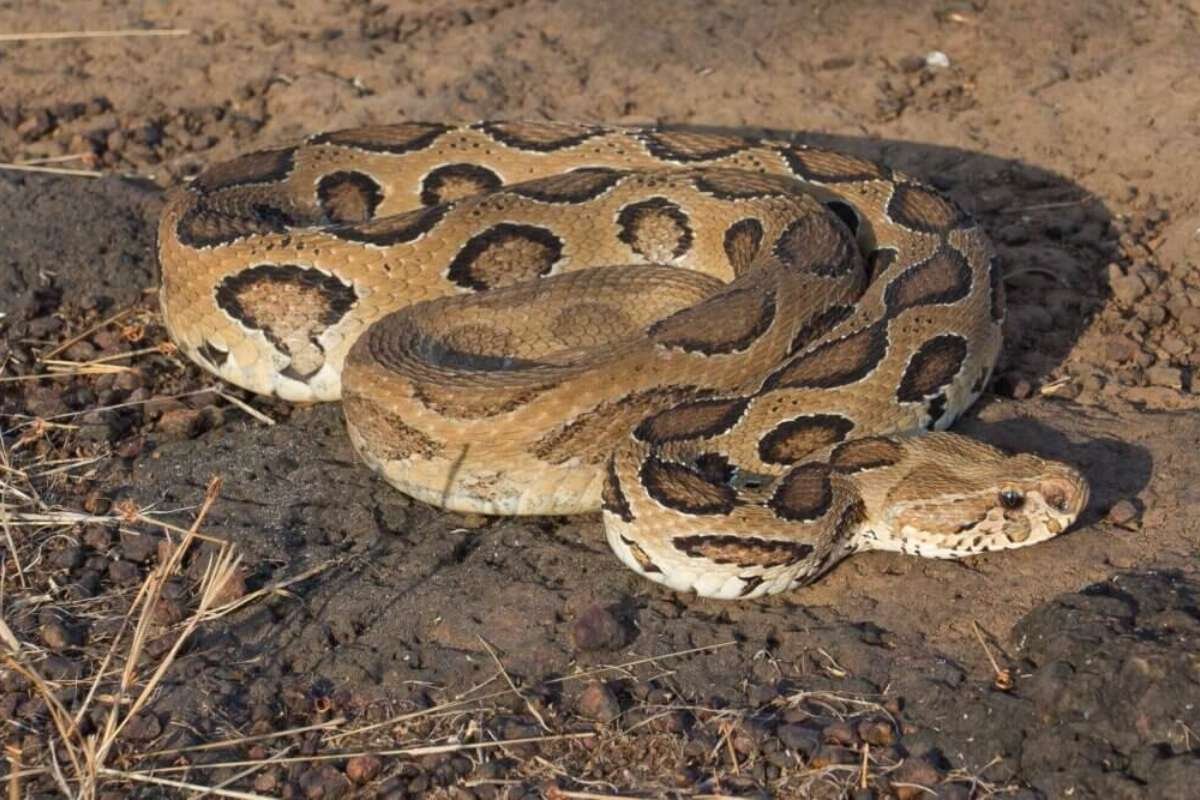
96) India’s mountain ecosystems, such as the Eastern Himalaya, exhibit extents of species endemism up to 40% in vascular plants.
97) Indian forests provide habitat for a rich variety of primates, including langurs, macaques, and the endangered Bengal slow loris.
98) India has been a pioneer in tiger conservation through Project Tiger, initiated in 1973.
99) The Nilgiri Langur is an endangered primate endemic to the Western Ghats.
100) India’s biodiversity portals and databases aggregate citizen science and research data for continuous monitoring and conservation actions.
Fascinating Social Facts That Define India’s Living Tapestry
We saw some interesting facts about India’s history and gained some knowledge about the diverse natural biodiversity. Now, let’s talk about its social facts:
101) India is home to more than 2,000 distinct ethnic groups, making it one of the most ethnically diverse countries globally.
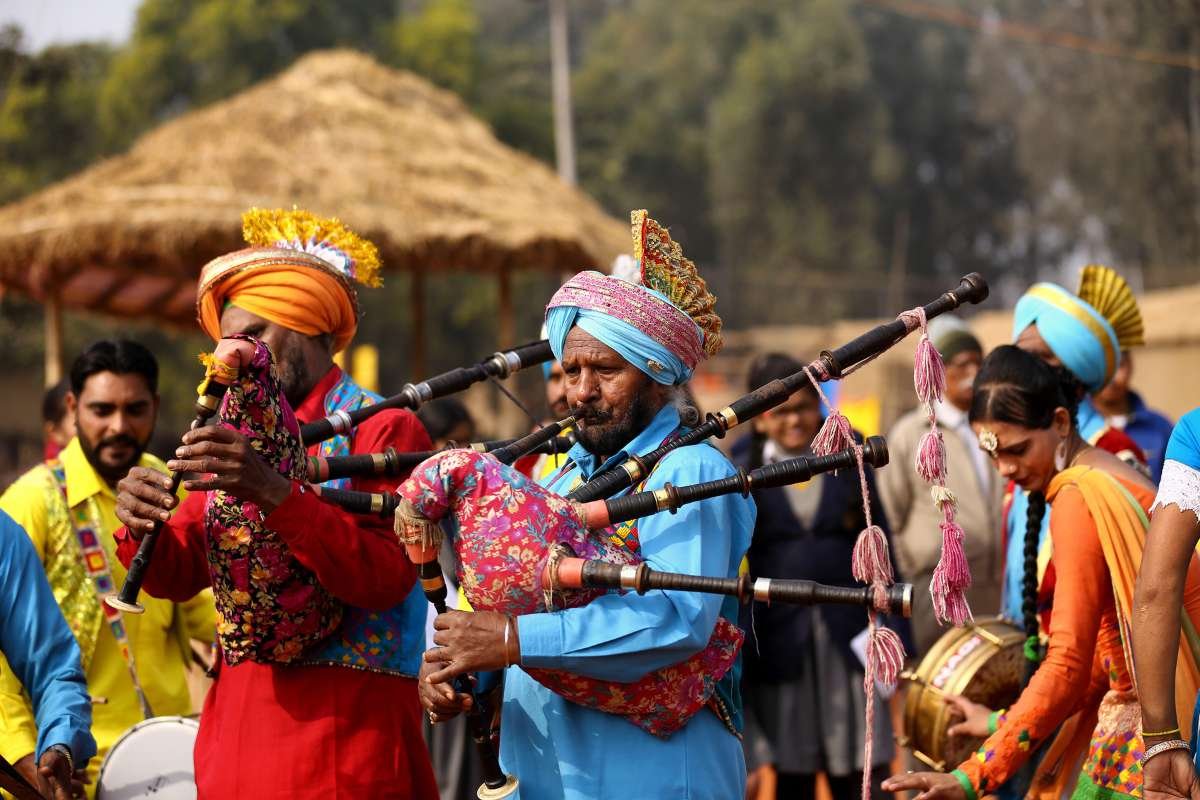
102) The country recognizes 22 official languages and hundreds of regional languages and dialects spoken across its states.
103) India has the youngest population of any major economy, with over 50% below the age of 25, presenting both opportunity and challenge.
104) Despite rapid urbanization, over 63.13% of the population still lives in rural areas, with agriculture as the main livelihood.
105) The joint family system, where multiple generations live under one roof, remains prevalent in many parts of India, especially in rural areas.
106) Festivals form an integral part of Indian social life, with Diwali, Holi, Eid, Christmas, Pongal, Baisakhi, and others celebrated with regional variations.
107) India has one of the world’s largest matrimonial markets, with arranged marriages continuing to be the dominant practice across many communities.
108) Yoga, originating in ancient India, is a social as well as spiritual practice embraced by millions worldwide.
109) India is known for its diverse culinary traditions, with food culture varying dramatically between the North, South, East, West, and Northeast regions.
110) The caste system, though constitutionally abolished, still influences social interactions and marriage practices in parts of Indian society.
111) Hindi is the most widely spoken language, but English serves as a crucial link language, fostering pan-Indian communication.
112) India has the second-largest population of internet users in the world, fuelling rapid growth in digital social interactions.

113) Bollywood, India’s Hindi-language film industry, is one of the largest centres for film production globally and a major cultural force.
114) Cricket is more than a sport; it is a social phenomenon that unifies diverse communities across the country.
115) India’s traditional arts, including classical music and dance forms like Bharatanatyam, Kathak, and Odissi, reflect rich local histories.
116) Religious diversity is a hallmark of Indian society, with Hinduism, Islam, Christianity, Sikhism, Buddhism, and Jainism coexisting.
117) The practice of festivals often includes elaborate rituals symbolizing social unity and renewal.
118) The rise of social media has transformed how Indians engage politically, socially, and culturally, especially among youth.
119) India has a significant diaspora of over 18 million people worldwide who maintain strong cultural links with their homeland.
120) Social reform movements, such as those led by Mahatma Gandhi and Dr. B.R. Ambedkar, has shaped contemporary social values emphasizing equality and justice.
121) India’s informal sector employs around 80% of the workforce, reflecting traditional livelihoods alongside modern economic activity.
122) Traditional crafts such as handloom weaving and pottery are alive in rural India, sustaining cultural heritage and livelihoods.
123) Public celebrations of festivals often involve community meals that reinforce social bonds across caste and class.
124) The literacy rate has risen significantly, now over 75%, enhancing social mobility and empowerment.
125) India’s diverse clothing styles include saris, dhotis, turbans, lungis, and modern Western wear, reflecting cultural and regional identities.
126) Many Indian states have unique folk theatre traditions, such as Yakshagana in Karnataka and Jatra in West Bengal.
127) The concept of “Atithi Devo Bhava” (“The guest is god”) represents the cultural importance of hospitality.
128) Indian weddings are complex social events lasting several days, involving elaborate rituals and community participation.
129) India hosts the world’s largest school system with over 250 million students and a mix of public and private institutions.
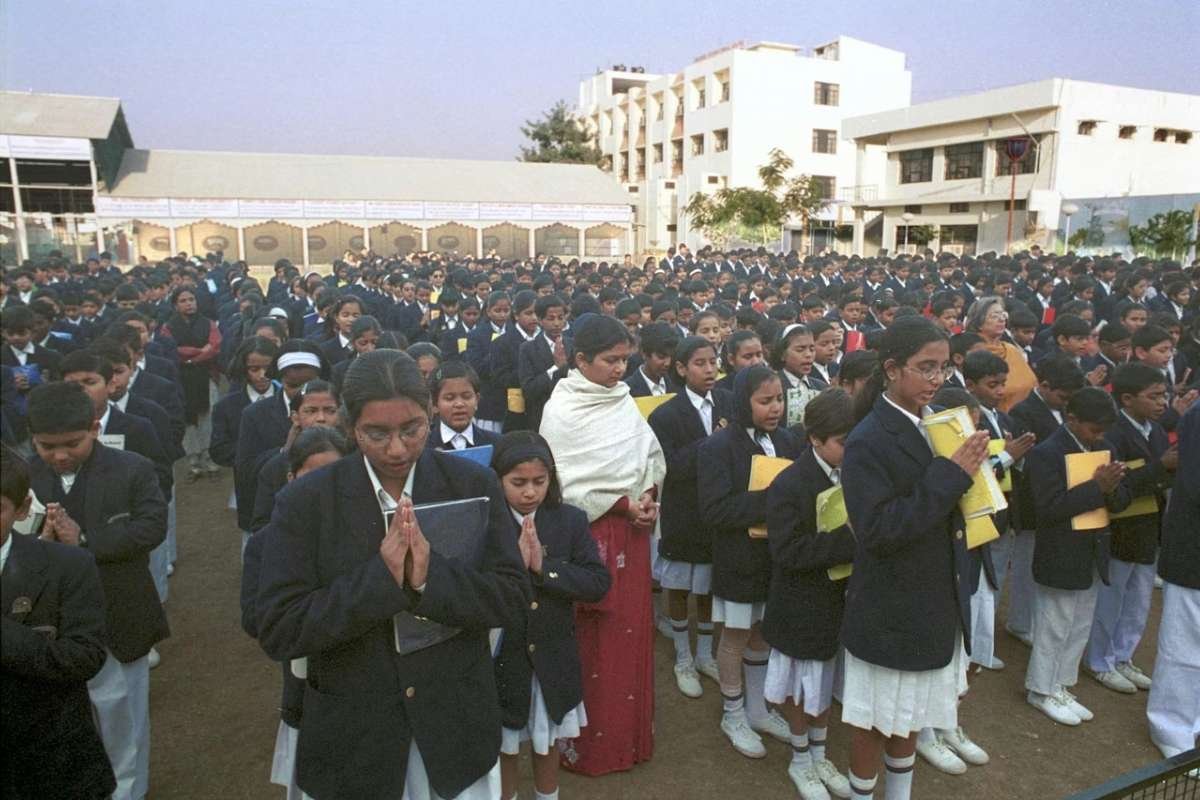
130) The Indian constitution provides for affirmative action policies called “reservation” aimed at promoting social inclusion.
131) Ayurveda, an ancient system of medicine, continues to be practiced widely alongside modern medical treatments.
132) India’s street food culture is renowned, with regional specialties like chaat, dosas, vada pav, and kebabs enjoyed by all social classes.
133) Social attitudes around gender roles are evolving, with increasing female participation in education and the workforce.
134) India has a rich tradition of folklore and oral storytelling, influencing literature and cinema.
135) The concept of “Unity in Diversity” embodies the Indian social ethos, emphasizing tolerance and pluralism.
136) India has one of the largest populations of children under 13, influencing social policies on education and health.
137) Indian cities face challenges of urban poverty, slums, and housing shortages alongside a growing affluent middle class.
138) Traditional joint farming and community-based resource management persist in rural societies.
139) The Indian social calendar includes numerous fairs and mela (festivals) that attract millions and blend religion, commerce, and entertainment.
140) Social entrepreneurship and grassroots NGOs are active in addressing social issues like sanitation, education, and women’s empowerment.
141) The Indian social fabric is woven with many linguistic and ethnic minority groups protected under the constitution.
142) Social media has empowered Indian youth to campaign for causes like environmental protection, anti-corruption, and social justice.
143) Indian social festivals often involve music, dance, and theatre performances that preserve cultural heritage.
144) Traditional Indian family systems incorporate respect for elders and intricate kinship networks.
145) The legal framework enshrines protections for minorities and women, though social realities vary widely.
146) Communal harmony and interfaith dialogue remain critical themes in Indian social discourse.
147) The concept of “Vasudhaiva Kutumbakam” (world as one family) is a philosophical foundation for India’s social outlook.
148) India has a thriving volunteer culture, including religious and secular forms of community service called “Seva”.
149) The Indian education system emphasizes cultural festivals and sports to build social cohesion among diverse student populations.
150) India’s social dynamics are rapidly evolving due to globalization, migration, and technology, creating a complex blend of tradition and modernity.
Conclusion:
India is surrounded by interesting facts and stories. Every corner and nook of this country has a story to tell. The interesting facts about India and its history, natural biodiversity, and society tell us one thing—India is interestingly unique. It is a land of diversity, unity, richness, culture, and history.
When we talk about the Cholas and Guptas, we are not talking about ancient empires but about the foundation of our country. When we talk about the increased Bengal tiger population, we are talking about the success of us collectively. These are not just facts about a nation; these are stories about strength, diversity, and oneness.
Knowing these interesting facts about India allows you to know your country better. It is not about knowing something fun, but rather knowing why the culture and history of this country matter.
FAQs
1. Who was Ashoka the Great, and what is he famous for?
Ashoka (Maurya Empire) was an emperor who, after the Kalinga War, embraced Buddhism and promoted non-violence and peace through his famous rock and pillar edicts.
2. What is the traditional family structure in India?
Traditionally, the joint family system—where multiple generations live together—was prevalent, though the nuclear family is increasingly common in urban areas.
3. What are India’s major ecosystems?
India features diverse ecosystems, including Himalayan, Western Ghats (a biodiversity hotspot), deserts (Thar), mangroves (Sundarbans), forests (Tropical Evergreen, Deciduous), and wetlands.
Thanks for Reading!
See More
Exploring the Mighty Waterways: The Longest Rivers in India

